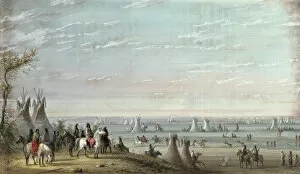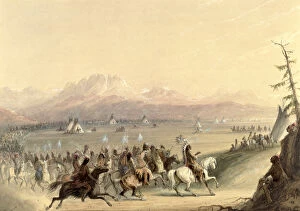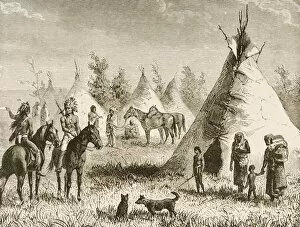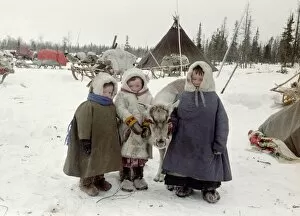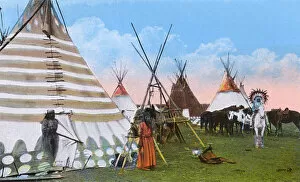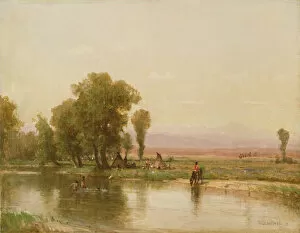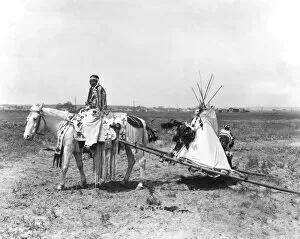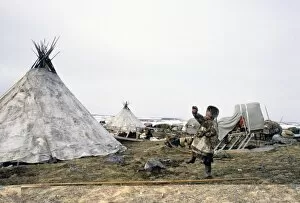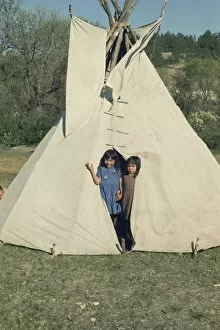Teepees Collection (#2)
"Exploring the Rich History and Cultural Significance of Teepees" From pop festivals to historical sketches, they have left an indelible mark on American culture
For sale as Licensed Images
Choose your image, Select your licence and Download the media
"Exploring the Rich History and Cultural Significance of Teepees" From pop festivals to historical sketches, they have left an indelible mark on American culture. In 2008, the vibrant artwork "Pop Festival" captured the spirit of a bygone era with its acrylic depiction dotting the landscape. Meanwhile, in 1851, delicate pencil sketches transported us back to a time when they were essential dwellings for Native American tribes. One such tribe was the Kiowa Tribe, whose village came alive on canvas through an oil painting that showcased their traditional way of life. The image evokes a sense of community and pride as families gather around these iconic structures. It also played a significant role in pivotal moments in American history. Engravings like "The Indian Trouble in America" shed light on conflicts between settlers and indigenous peoples, highlighting how teepee encampments were central to Native Americans' lives. The Battle of Wounded Knee is another haunting chapter etched into history's memory. A photograph from 1891 reveals a diagram depicting Indian tents at the moment they opened fire—a stark reminder of the violence endured during this tragic event. Similarly, lithographs like "Situation of Indian Tents at Sand Creek Fight" provide insight into clashes between Native Americans and soldiers during times fraught with tension. These illustrations offer glimpses into both sides' perspectives as they faced off against each other. Yet not all depictions are tinged with conflict; some capture moments brimming with cultural significance and beauty. H. E Marshall's colorful lithograph titled "The Crowning of Powhatan, " taken from This Country Of Ours: The Story Of The United States (1917), transports us to an enchanting ceremony where Powhatan receives his crown—an emblematic scene that showcases native traditions intertwined with early American history. Traveling westward brings us closer to breathtaking landscapes where teepees once stood.

